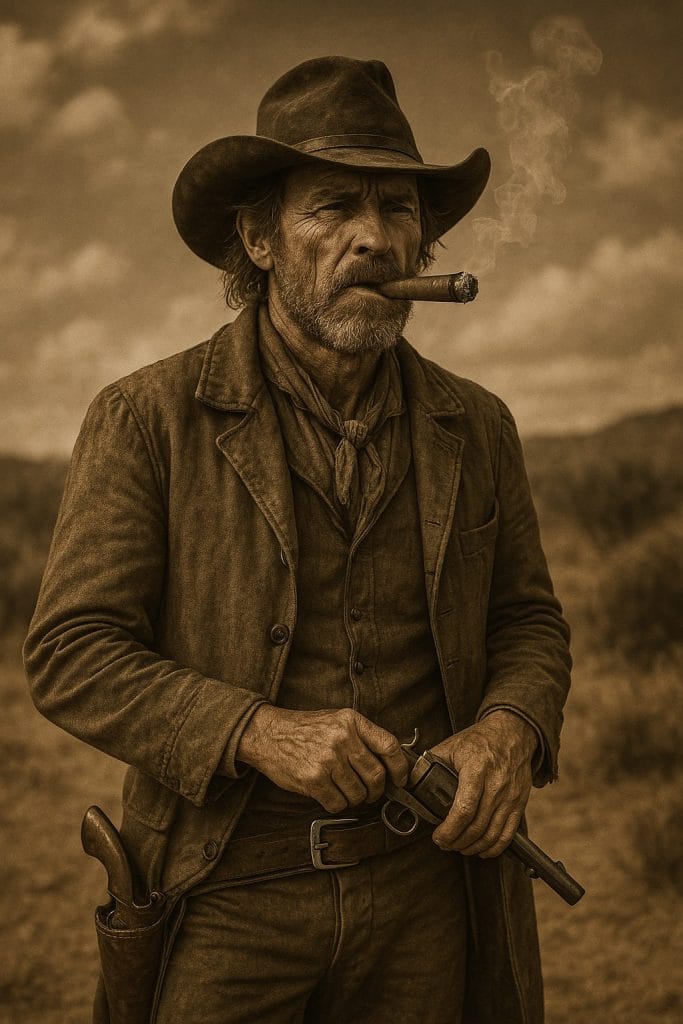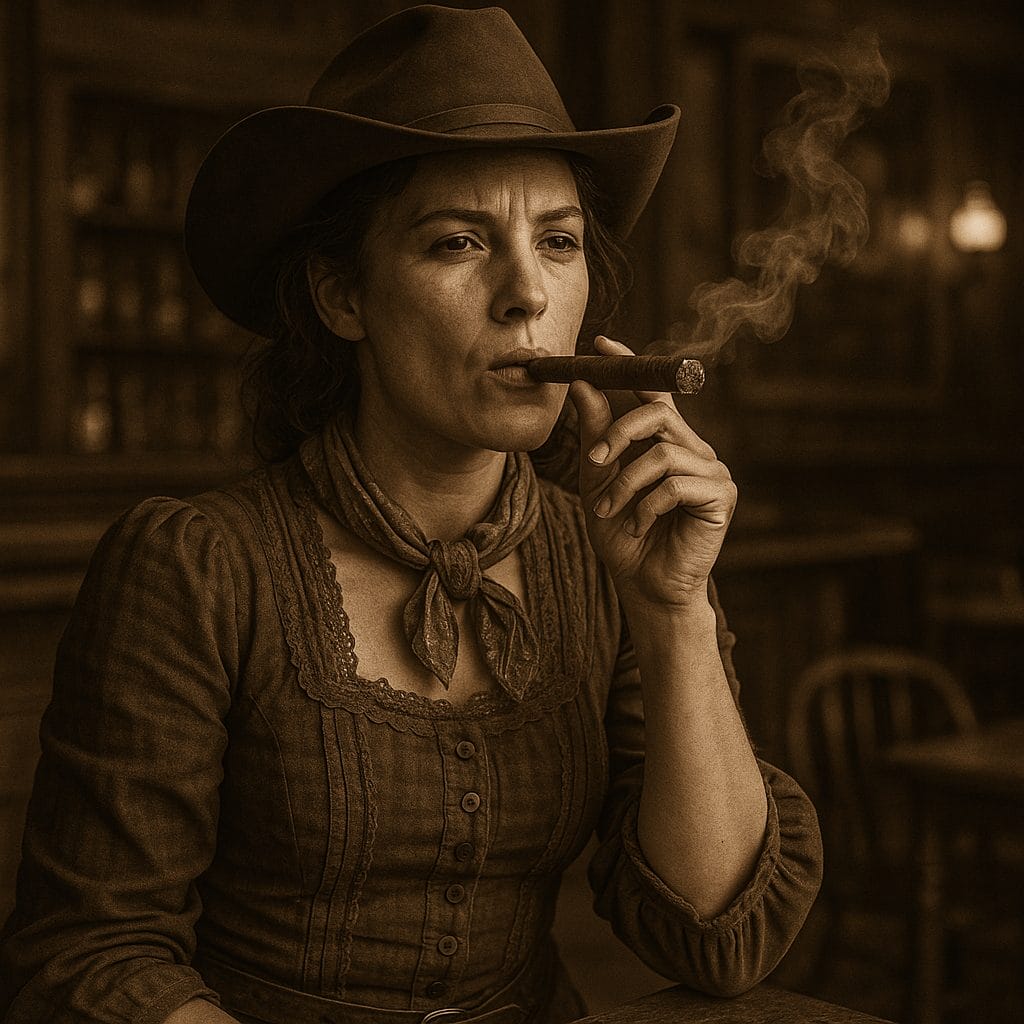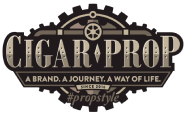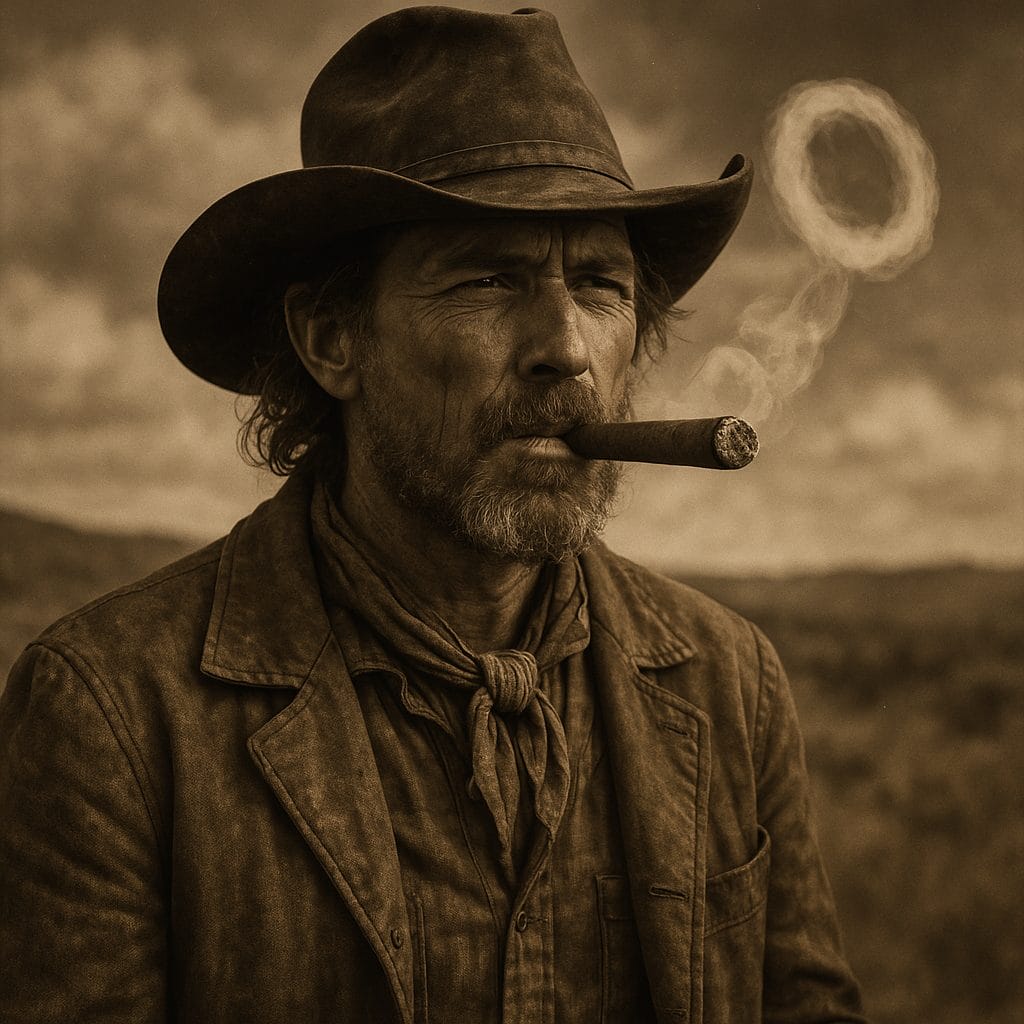Uncategorized
Cigars and the Wild West: Cowboys and Smoke Rings
When most people think of the Wild West, they picture wide-open plains, dusty saloons, poker games, rugged cowboys, and horses galloping through unforgiving terrain. But there’s something else you’ll often find in that mental image: a cowboy with a cigar clenched between his teeth, maybe blowing a smoke ring as he leans back after a long day on the trail. Cigars weren’t just a background prop in the Old West – they were part of the culture, the economy, and the personality of the frontier itself.
In this post, we’re going to explore the fascinating connection between cigars and cowboy culture. We’ll dig into how cigars became a staple of the Old West, what types of cigars cowboys and frontier folks were smoking, how cigar smoking fit into daily life out there, and even how it shaped the image of the Western hero. So grab a stick, pour yourself a drink, and let’s ride into the smoky history of cigars in the Wild West.
A New World Habit in a New World Frontier
Cigar smoking has roots going back to indigenous peoples in the Americas. By the time Europeans began colonizing, cigars had already been used ceremonially and socially by tribes from the Caribbean to Mesoamerica. The Spanish picked up the habit quickly and brought it back to Europe. Fast forward a couple of centuries, and cigars were not just fashionable; they were becoming accessible.
By the 19th century, cigars were one of the most popular forms of tobacco use in the United States. While cigarettes didn’t catch on until the late 1800s, and chewing tobacco had a loyal following, cigars held a special place among men who saw themselves as hardworking, masculine, and no-nonsense.
The Wild West was the perfect breeding ground for this kind of rugged identity. Cowboys, miners, prospectors, lawmen, and outlaws alike found in cigars a way to unwind, to bond, and to show a little style in an otherwise dirty and harsh life.
Cowboys and Cigars: A Match Made on the Trail
Hollywood gave us a lot of iconic cigar-smoking cowboys. Think Clint Eastwood in just about any spaghetti western. But the real-life cowboys of the 1800s were no strangers to cigars either.
Out on cattle drives, cowboys worked long days in harsh conditions. When the sun finally went down, it wasn’t uncommon for the crew to gather around the campfire. They’d pass the coffee pot around, maybe swap stories or break out a harmonica, and more often than not, light up cigars.
Cigars were portable and easy to carry in a saddlebag or shirt pocket. They didn’t require the spit cup and mess of chewing tobacco, and they didn’t need to be rolled like cigarettes. A cowboy could bite the end off a cheap stogie, light it with a twig from the fire, and enjoy a little peace.
They weren’t smoking high-end Cubans, though. Most cigars out west were rough and ready. Often called “chawdies” or “stogies,” these were thick, rustic smokes made from domestic tobacco and rolled with minimal finesse. They burned fast and hit hard – just what a cowboy needed after a hard day on horseback.
Saloons, Smoke, and Social Life
If the trail was one part of a cowboy’s cigar-smoking life, the saloon was the other. Saloons were the heart of many frontier towns. They weren’t just watering holes – they were where deals were made, card games were won and lost, and men blew off steam. And cigars were everywhere.
Saloon owners often sold cigars right over the bar, sometimes from humidors set next to the whiskey bottles. You’d see brands with names like El Sidelo, Havana Ribbon, or even just “Five Cent Cigar.” Some saloons offered cigars as part of the card game buy-in, or passed them around after a big win.
Lighting up a cigar in a saloon wasn’t just about the nicotine. It was part of the swagger. Men leaned against the bar, puffing smoke while telling tall tales. Smoke filled the air during poker games, and billowing cigars punctuated showdowns. Some barkeeps even kept match strikers built into the furniture – the kind you’d strike your cigar on with one hand while cradling a shot of bourbon in the other.
Cigars were so typical that entire towns took pride in their supply. Some western outposts became cigar hubs, like San Antonio, Denver, and parts of New Mexico. These towns had general stores that stocked boxes of cigars shipped in by rail from the East Coast or New Orleans.
The Cigar Economy of the Frontier
It might surprise some folks to learn that cigars were more than just a leisure product in the Wild West – they were also a trade commodity. As the West expanded, so did the tobacco trade. Railroads made it easier to move cigars from the big manufacturers in the Northeast to general stores and outposts out West.
The demand was there. Cowboys, ranchers, railroad workers, miners, and even soldiers were eager customers. Cigars were part of their pay in some cases. A railroad worker might get a cigar bonus after a big job, or a mining foreman might hand out cigars after a good week of digging.
Cigar boxes themselves became useful, too. Empty boxes were reused to store everything from tools to playing cards to sewing kits. They were often decorated with colorful, eye-catching labels, and some collectors today still hunt down original Old West-era cigar boxes as pieces of Americana.
As cigar smoking became more common, local rollers and small cigar factories started popping up in frontier towns. While they couldn’t compete with big names like Henry Clay or La Rosa, they made serviceable cigars for the working man. Some even used local tobacco from places like Texas or Arizona, though most still relied on leaves shipped in from the South.

Gunslingers, Outlaws, and Lawmen
Cigars weren’t just for the working cowboy. Some of the most notorious figures of the Old West were cigar lovers.
Take Wyatt Earp, for example. The lawman turned legend was known to enjoy cigars. He wasn’t alone. Many figures from both sides of the law appreciated a good smoke. Billy the Kid reportedly liked to chew cigars when he couldn’t get decent chew. Jesse James was said to enjoy them as a sign of sophistication, though he mostly favored chewing tobacco.
Bat Masterson – gambler, lawman, and writer – was often photographed with a cigar in hand. For men like him, cigars were as much a part of the image as the six-shooter and the cowboy hat. They said, “I’m in charge here.”
Even fictionalized versions of these outlaws and sheriffs have helped cement the image of the cigar-smoking cowboy. From dime novels to western films, the smoke curling from a cowboy’s lips has become a symbol of power, mystery, and grit.
Women, Cigars, and the Frontier

Now here’s a part of the story that doesn’t get told often enough. While cigar smoking was mainly a male pastime in the Old West, some notable women lit up too, especially in frontier towns where traditional norms were a little more relaxed.
Take Calamity Jane, a hard-drinking, sharpshooting woman who ran with Wild Bill Hickok and wasn’t afraid to smoke, swear, or ride with the best of them. While there aren’t many records of her smoking cigars, stories and photographs suggest she likely did from time to time, especially in the company of soldiers or gamblers.
Some madams who ran brothels in towns like Dodge City and Deadwood smoked cigars as a sign of power and rebellion. In an age when women were expected to be delicate and demure, cigar smoking set these women apart. It told the men around them that they played by different rules.
Cigars in Pop Culture and the Western Myth
The influence of cigars in the Wild West goes far beyond the history books. It lives on in the way we picture cowboys in pop culture. Whether it’s John Wayne lighting up after a shootout or Clint Eastwood squinting through cigar smoke, the image has become iconic.
Even in video games like Red Dead Redemption or modern western TV shows, the cigar remains a go-to prop. It signals toughness, authority, and sometimes moral complexity. And of course, it just looks cool.
But there’s more to it than Hollywood flair. That image reflects a very real part of frontier life. Cowboys did smoke cigars. They did relax by firelight with tobacco in their mouths. It wasn’t glamorous – it was just life. But looking back, there’s something undeniably romantic about it.
The Legacy of the Western Cigar
Today, when we fire up a cigar, we’re often doing it in a climate-controlled lounge or on a quiet back porch. But now and then, it’s nice to think about those long-ago cowboys. Lighting up a stick can feel like connecting to something older, something rougher, and more real.
Some modern cigar brands even play off that Wild West vibe. You’ll find sticks with names like “Sheriff,” “Trail Boss,” “Outlaw,” or “Bronco.” They often come in rugged boxes with woodcut-style labels and bold flavors meant to evoke the frontier spirit. It’s marketing, sure, but it’s also a nod to the deep roots cigars have in American history.
There’s something poetic about a cowboy riding into the sunset with a cigar glowing in the dusk. It’s not just about the tobacco – it’s about the mood. The reflection. The feeling of having done a hard day’s work and earning a few moments of peace.
Final Thoughts: A Smoke-Filled Chapter in American History
Cigars and the Wild West go hand in hand. They were part of the economy, the culture, and the daily rituals of life on the frontier. Cowboys, sheriffs, gamblers, and even the occasional outlaw all found time to light up. Not because it was trendy, but because it was part of the rhythm of their world.
Today, every time we cut and light a cigar, we’re keeping that tradition alive in our small way. We might not be chasing cattle or dueling at high noon, but we still know the value of sitting back, taking a draw, and letting the smoke curl up toward the sky.
So next time you’re out under the stars with a cigar in hand, maybe tip your hat to the cowboys of the past. They were the original herf crew – and they knew the power of a good cigar better than anyone.

